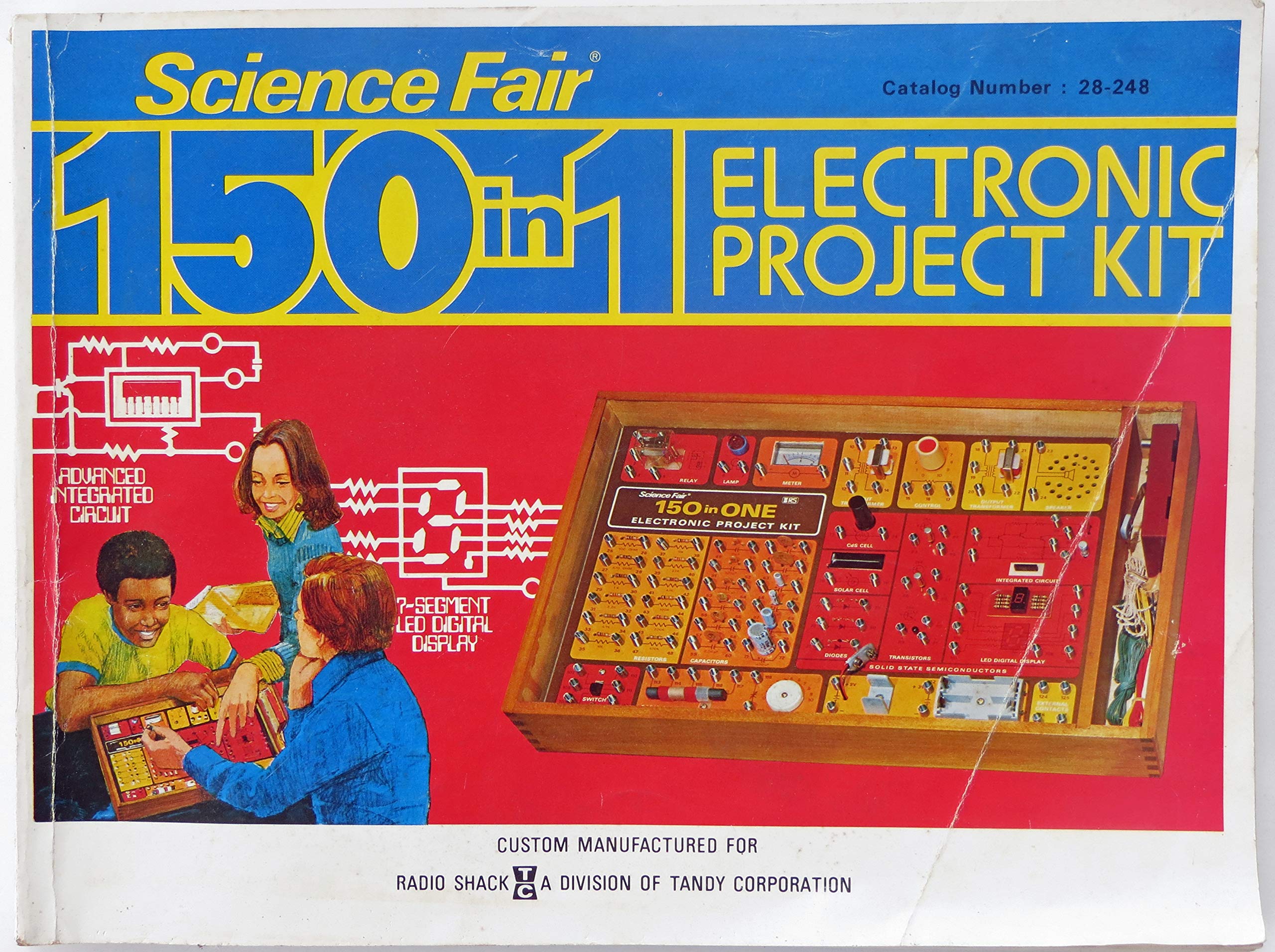Arduino
Arduino allows you to create interactions with the physical world. It is the starting point for most interaction desginers learning to make reactive physical objects or experiences.
You should always have an Arduino Uno or an Arduino Leonardo at your disposal, along with a basic set of core electronics such as a breadboard, wires for prototyping, buttons, LEDs and a servomotor or two.
There are many starter kits containing everything you need to get started (circuit + electronic components):
Download the Arduino software here:
https://www.arduino.cc/en/software
Arduino is simple software, so it’s great for beginners. But you can also use VS Code (cf. code) to program your Arduino projects using the Arduino extension for VS Code.
If you already feel comfortable with the Arduino platform, and wish to have access to more advanced features such as wifi or bluetooth, you can opt instead for an ESP32-based microcontroller:
There is a really cool and really cheap all-in-one ESP32-based microcontroller called the TTGO T-Display that integrates an Arduino-programmable circuit with a tiny LCD screen, bluetooth and wifi connection, as well as an integrated connector for rechargeable lipo batteries that can be recharged via an integrated USB-C connector. In other words, you can build an entire portable Game & Watch style console via this solution that costs somewhere around 10 CHF:
Raspberry PI
An alternative to Arduino-based electronics is the Raspberry PI, which is more or less a fully functional Linux computer inside a small form factor, along with a similar system of “pins” for connecting sensors and actuators as Arduino. If you need more processing power, or need to run software like a web browser, or some other PC-style application like video or audio processing, you can use a Raspberry PI.
The Raspberry PI foundation is organized around the principle of open-source, with a strong education and DIY-oriented mindset. So it’s great for hacking bespoke, particular applications. And they are cheap.
I have written a how-to guide for starting with the Rapberry PI from scratch and ending up with a fully-functional video-player, or a more sophisticated solution using OpenCV to capture a video input and control some form of electronics with the Raspberry PI :
Fritzing
Yes, you can design your own circuitboards. You can even integrate them into your own custom housings (cf. CAD Tools) that you print out using various prototyping methods.
Fritzing is a simple, easy to learn software tool for creating your own custom Printed Circuit Board (PCB) designs.
KiCAD
This is an open-source project slowly emerging as the de-facto hobbyist+professional tool for designing Printed Circuit Boards (PCB). It requires a strong understanding of electronics, and is very much the professional upgrade from Fritzing (cf. above). Another solution is Fusion 360 that integrates a PCB design environment inside of a larger 3D CAD tool.
